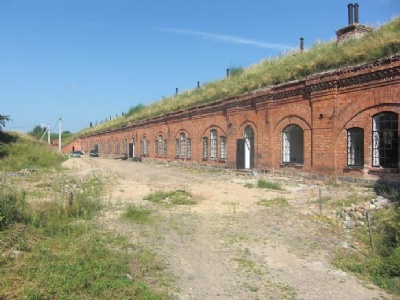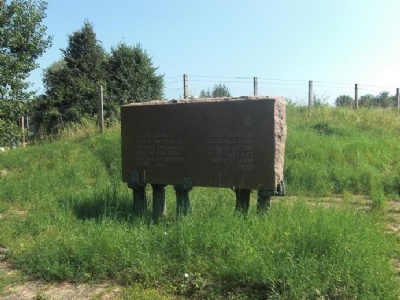Kaunas - Fort VII
Soon after the Germans occupied Kaunas, June 24, 1941, about 10,000 Jews were arrested in Kaunas. The majority of these were interned in the seventh fort on the outskirts of Kaunas. The Jews were forced to surrender their possessions and the women, along with the children, were locked in barracks while the men were thrown together in one of the fort’s courtyards. The fort was guarded by units of a Lithuanian battalion called Tautino Darbo Apsaugos (abbreviated TDA). The battalion had been formed in 1941 and was characterized by nationalism, anti-communism, anti-semitism and participated in several mass executions of Jews during the war. Sometimes on its own initiative and sometimes on german initiative.
At the seventh fort, members of the TDA murdered about 3,000 Jews at least on four documented occasions in July, 1941. The murders were mostly chaotic executed, sometimes they just shot at jews in the courtyard randomly. After these shooting the bodies, dead or alive, were just left where they had been shot. Not until several days later the bodies were buried in mass graves. Jews still alive were simply shot. Women were also raped by members of the TDA. There were plans to turn the seventh fort into a concentration camp but was not materialized. In August, 1941, the remaining Jews were transferred to the ninth fort in Kaunas.
Current status: Preserved with monument (2010).
Location: 54°54'56.43" N 23°55'39.55" E
Get there: Car.
Follow up in books: Arad, Yitzhak: Holocaust in the Soviet union (2009).




The fort is in the process of being restored and is planned to become a museum around 2015. At the moment, the fort is characterized by decay and there is debris scattered everywhere. The remains of the Jews buried in the fort are still in unmarked graves covered with debris and vegetation. The monument was set up during Communist times. At that time the fort was military area and that is why the monument is located just outside the fort.